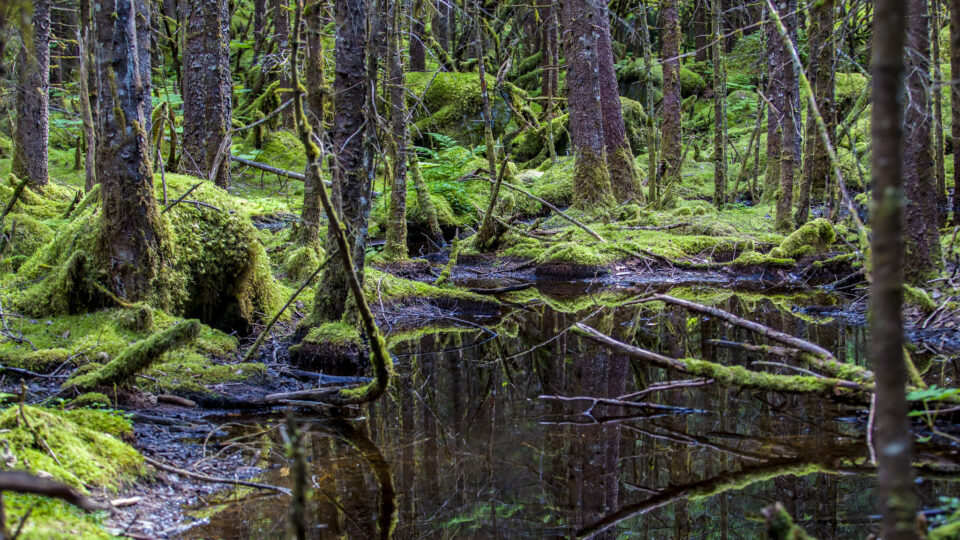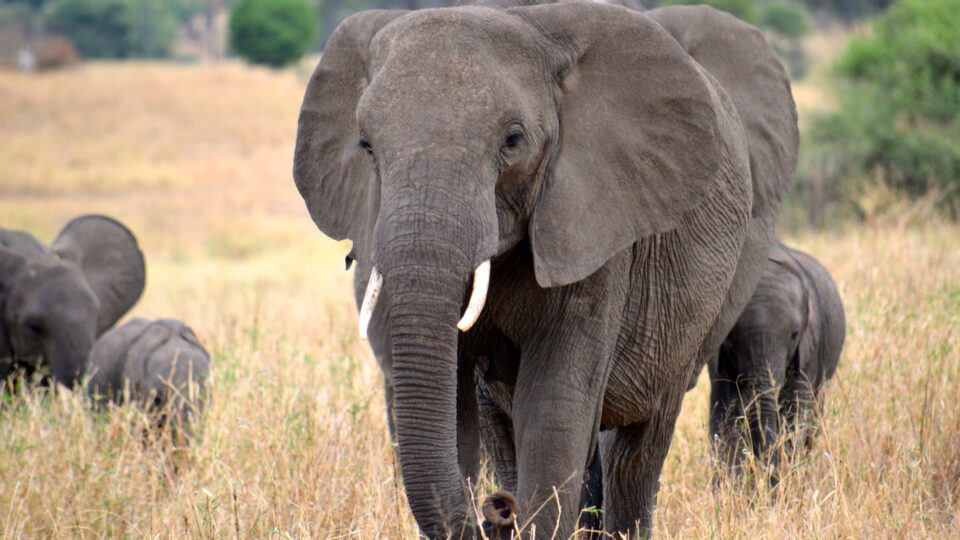The world’s forests play a crucial role in taking carbon out of the atmosphere and mitigating the effects of climate change. An analysis of U.S. national forests shows that two southern Alaskan forests are key to meeting climate and biodiversity goals.
The Tongass Forest in Alaska is America’s largest national forest, encompassing 16.7 million acres. Alaska’s Chugach Forest is the country’s second largest at just under 7 million acres. These two forests are not only the largest national forests, they are also the most intact.
A study by researchers at the Oregon State University College of Forestry looked at 152 national forests and compared them in terms of carbon density and accumulation, total biomass carbon stocks, habitat for eagles, bears, and wolves, and landscape integrity – which is the extent of modification by human activity. According to the study, almost 31% of all high-landscape-integrity area found in national forests is in the Tongass and Chugach forests. The Tongass alone represents over 25%.
These forests are cool and wet. Their carbon stocks are only minimally affected by wildfire, unlike many other forests in the lower 48 states. Given the size and stability of the two forests, protecting them is a high priority for making it possible to meet global goals relating to climate and diversity of species.
Ecosystems remove about 30% of all the carbon dioxide humans put into the atmosphere and intact forests with high carbon density do most of that work. Protecting Alaska’s forests is crucial.
**********
Web Links
Southern Alaska’s national forests key to meeting climate, conservation goals, OSU study shows
Photo, posted August 4, 2014, courtesy of Jeff Canon via Flickr.
Earth Wise is a production of WAMC Northeast Public Radio

